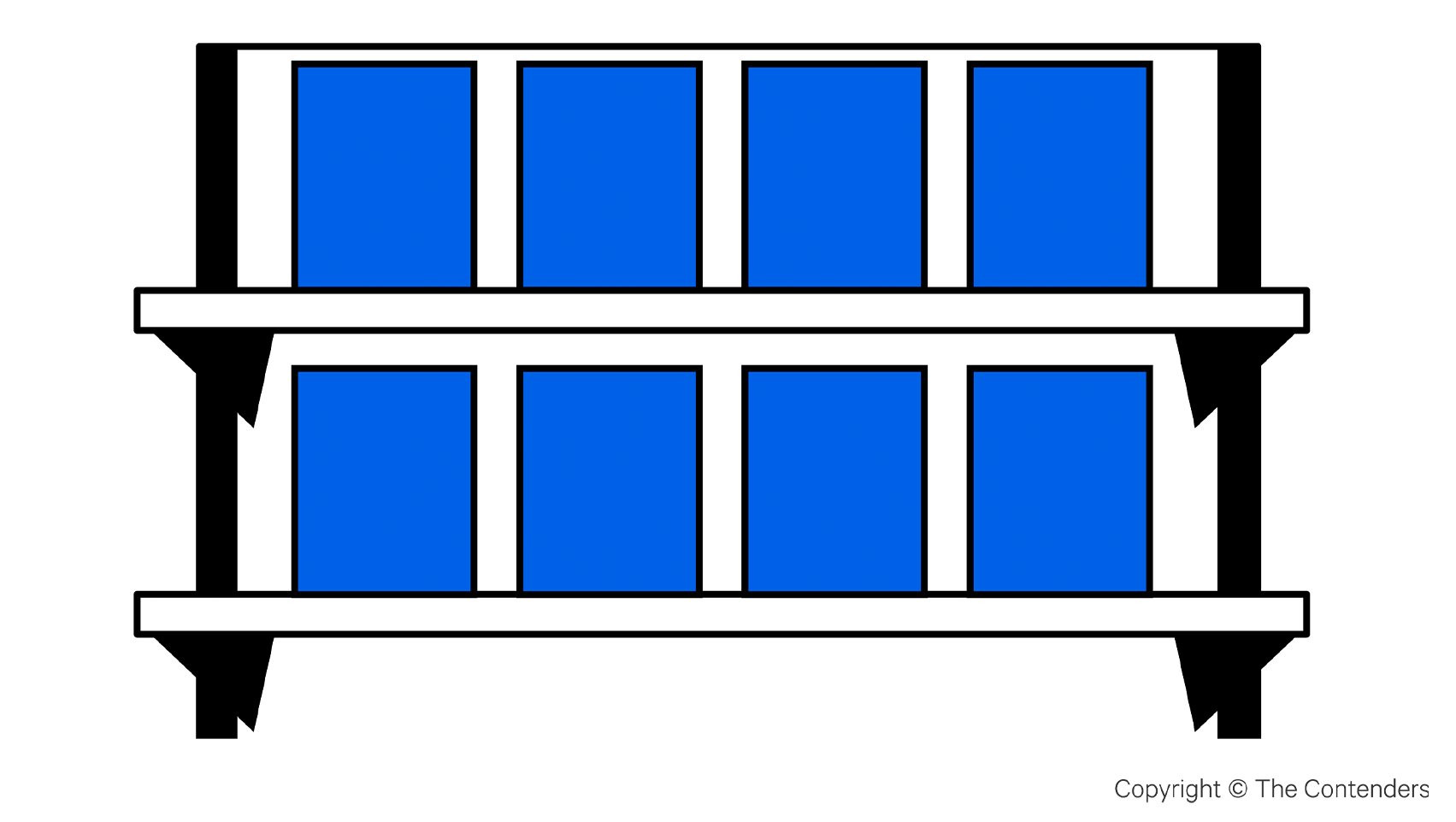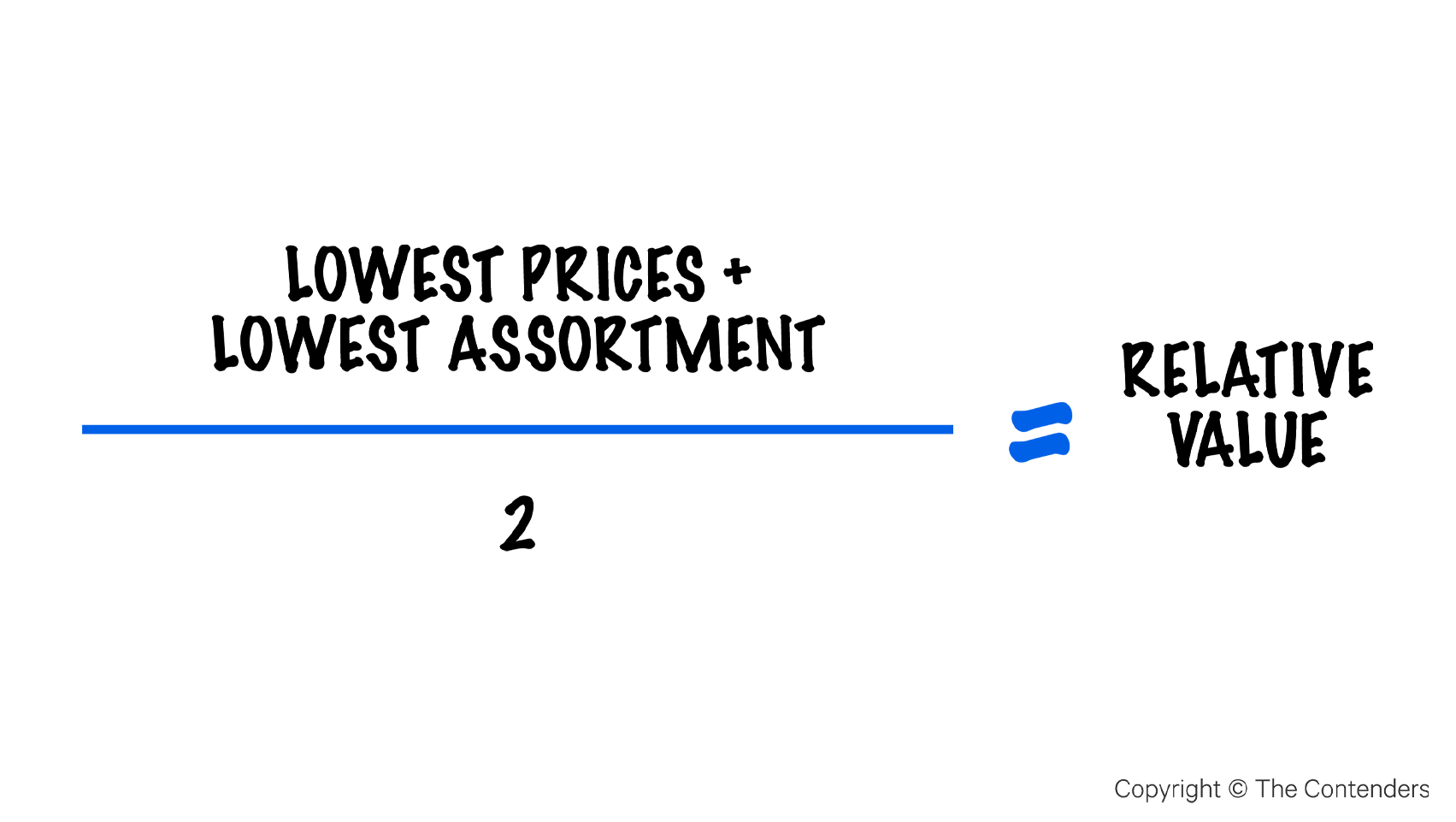Seeking futures, finding presents
The Grand Tour was an English aristocracy quirk that was rapidly adopted and made famous by nouveau riche Americans in the 1920’s where the old world of Romans, Moors and Athenians was studied to understand the foundations of our civilisation and have a little fun at the same time. It was certainly a pass time for those who had the ways and means. For those who did not, there were the books and the houses of Architect, Sir John Soane.
John was born broke in the mid 1700’s as the son of a bricklayer; his hard graft and a bit of luck won him the opportunity to train as an architect. A talented pupil Soane was awarded the Royal Academy’s Gold Medal for Architecture to undertake a Grand Tour of Europe.
I was fortunate enough to make it to the Sir John Soane's Museum (a house museum) in Lincoln Fields in London on a recent less grand tour of my own. Sir John set this house up for those who could not make it to study the cultural legacy of classical antiquity. It is now protected by an act of parliament and still stands today as it did then. Filled with treasures but also possible insights for those who seek them, Soane used to place models of his own works beneath models of the ancient ruins that inspired them. This experience has stayed with me, as studying by observing, documenting and modelling spoke to my rural Canadian sensibility and the age-old Australian tradition of going walkabout to come back better.
Rather than going to Europe to study the classics, I was there to study retail. In a world of more data but less and less insight I find that walking stores, high streets and retail parks is more likely to leave you with a sense of what is to come rather than things already consigned to the history books. Having spent ten days wandering and wondering, it is clear that all is not lost but, also, that all is not well in the wonderful world of retail. The great reopening, if we are honest, has been a bit of a dud as it has come with the great inflation, its own set of challenges and an increasing overall complexity in tackling interconnected problems.
The cost of needed change is becoming priced in. This is the opposite of many of our lived experiences of a Moore’s Law world where everything got cheaper and better as it evolved.
There are many factors at play but those who historically kept the cost of something below its replacement value such as cheaper labour sources and new sources of supply are diminishing. It is only automation left really. Hello CHAT GPT. It is not stagflation in the Japanese sense where things get more expensive/less productive but it is a stagnation in living standards. It is hitting all parts of the economy and at a time where we need to invest more into our social fabric and in powering the world with less side effects.
This is all playing out through the great plazas and markets of our own time. The shops. Here are the top four things your sometimes humble correspondent observed.
If you want to see the slide decks, there is a link at the bottom for you to get in touch.
Scarcity is the new currency
We have entered peak Sharpism where every brand you see is well coded and has been Duckworthed or Bulletproofed to stand out across the shelf arguably at the cost of standing for much. This shift towards semiotics over substance makes complete sense when you think about the fact that it has gone hand in hand with consolidation of the food supply chain and the globalisation of our brands.
Whether you love your chicken or your whiskey from Kentucky both now have a clear design language and distinctive assets that have set a style that is now mirrored across the category. As a result, most categories you look at look the same. I am old enough to remember the last time things looked liked this and it was before Private Label took off in the early 1990’s. Most shelves look like a bleached-out coral reef so you worry about the lack of differentiation as one of the first laws of nature is lack of diversity means an eco system is not thriving.
Brands are winning their own races for sure but where will the new challengers come from? If you look to the edges as I was always taught to do, mid shelf looking right is where the growth will come from. These brands tend to be taking a contrarian view through code play and switch. Whether it is using language as a key part of the design, standing for something different, using clear glass vs brown glass or even the age-old limited edition, they are paving the new path to stand out.
Big formats are dying
On retail parks across Northern Europe my experience was you are more likely to meet staff shopping for customers. These are better thought of as shoppable warehouses where under florescent lights staff are less focused on stocking shelves than filling invisible online orders with the diligence only a metric like individual orders filled per hr can bring. The decline of the out-of-town park mirrors a wider trend in a PPP (post pandemic panic) world where people spend more time closer to their homes during the work week. It is the flip of what used to happen. Commute all week, save weekend for chores. It is now for many work close to home and then commute to experiences on the weekend.
This poses the dilemma that we speak about less and less these days. Growing costs to serve. It is not just the ingredients in the product that is becoming harder to model for, it is the labour required to deliver it. The existing model for many retailers is predicated on you being the one to pick the product and hours being spread across a knowable schedule across the week. The math of this labour is changing.
Tip of the melting iceberg is fast grocery players. The good news is there is less chance of a courier on a scooter taking you out on a sidewalk but the bad news is increased chance the push to find revenue from serving and services fees to continue. I don’t know where this will all land but I do know that the cost of online shopping will increase over the coming years. Smart retailers are following the lead of pure players like Amazon and addressing this through subscription models (Sainsburys), loyalty card only pricing (Tesco) and automation of everything possible (Albert Heijn).
Polarity
Our shopping further illustrates the biggest social issue of our time, growing inequality. If slowly boiling ourselves on planet Earth like frogs in pots does not get us then it surely will be the increasing chasm between those that have and those that do not that will spark the match. We have written a few times about the death of the middle in categories through technology and it is increasingly becoming the death of the middle class.
The retailers that serve the disappearing middle are pivoting to adjust to a starker reality where there is less money around to spend in a market that has grown used to extra legroom. The average Brit for example has lost over $7000 in real income over the last two years while the asset class that powered the wealth affect in the last 15 years, their home, now costs more to service and is not growing in value. This is changing the consumption curve and retailers are responding by offering the best relative value. Relative value is one of comparison and combination when the true value is created through juxtaposition of two types of value. Retailers like ALDI do this through lowest prices and limited assortment, M&S do this through QSR level food at grocery prices and Waitrose through lower prices on superior controlled brand.
What’s inside the product matters more than the badge it wears on the outside
From sustainability to calling time on the plague of petrochemical based materials the retail sector industry is in the midst of one of its biggest transformations since global offshoring fuelled fast fashion and cheap technology goods. Motivated by concerns for environmental and social impact of the products they use, consumers are changing their choices to align more with what the label on the inside of a product says rather than what the logo on the front represents. This change is playing out everywhere from less plastic in fresh meat and fish packaging at Jumbo, to bays of technology accessories at Currys. You also see it in the sweeping programs of supply chain change at Primark, B&Q, M&S and Waitrose.
Outside of our big four takeaways, study for the sake of it forces you out of your own mind and into the shoes of others. Over the coming years we should all channel our inner Sir John Soane and document, share and challenge the history being written in our own time.
—
Be better to each other.




